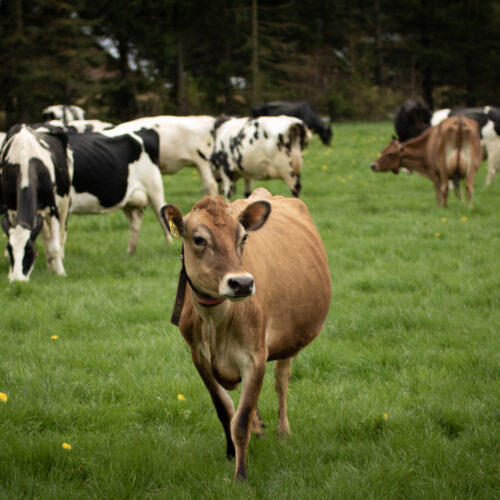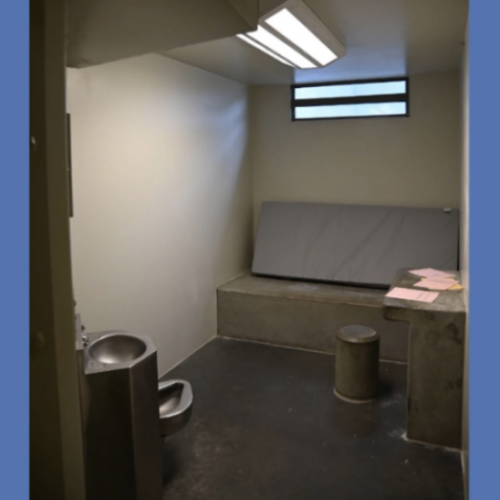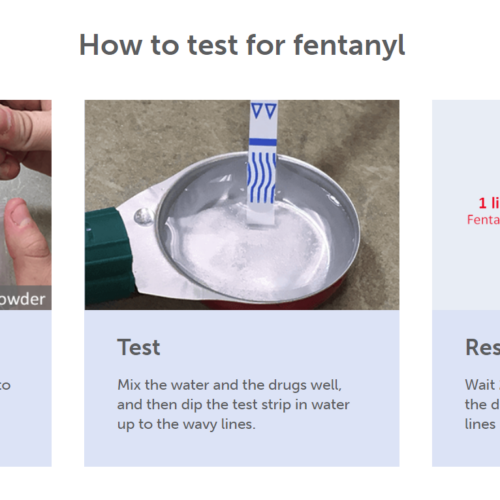WSU Researchers Measure Electrical Currents To Determine Soil Health
By Rachel Sun
Researchers at Washington State University are developing a new way to measure soil health that could be a game changer in agriculture.
Probing the soil and measuring electrical currents produced by microorganisms — that’s how scientists at Washington State University are working to create a new method for measuring soil health that could be a big deal in agriculture and land management.
Their work so far is only proof of concept, the researchers say, but what they found could one day allow farmers and researchers to monitor the effects of different stimuli on soil health in real time.
To test their concept, researchers measured electrical currents in two similar soil samples from WSU’s Cook Agronomy Farm where one sample produced historically higher yields.
Microorganisms in soil create electrical currents through respiration, so a larger electrochemical signal indicates an active microbiome. The researchers found that when comparing electrical currents in the samples, the soil with the higher yield also had a more active microbiome.
Haluk Beyenal, one of the study’s co-authors, says the research could eventually lead to a universal metric for measuring soil health. Currently, there isn’t one agreed upon definition or metric measuring it. “If I tell you what the outside temperature is, you may tell me 70 degrees Fahrenheit. Everyone knows the feeling of it. But about soil health, there is no such a number.”
Researchers say they hope to expand their work to other soil types and learn more about the different types of microbiome in the future.















